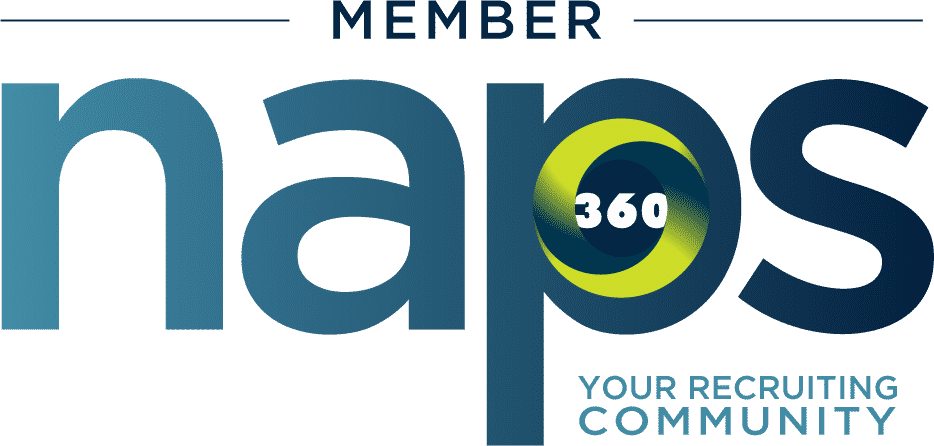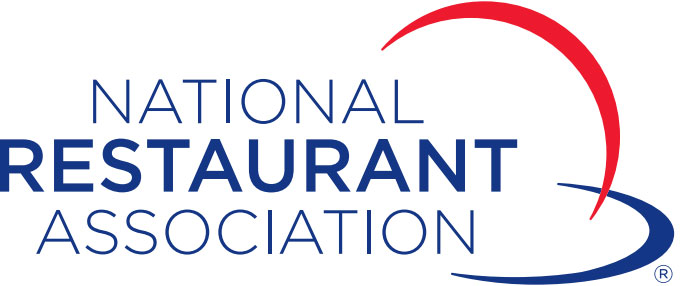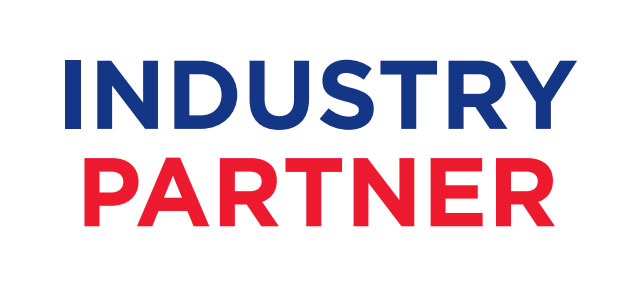The Ultimate Guite to Onboarding a Star Employee.. Boosting Success from Day One
Step Four: Training and Mentorship
Welcome to the fourth installment of our five-part series on creating great employees. In this post, we will focus on the vital importance of training and mentorship in the onboarding process. By emphasizing these aspects, businesses can ensure the success and growth of their new hires. As a seasoned hospitality professional, I understand the significance of investing in training and mentorship to foster a thriving work environment. Let’s explore how these practices contribute to the development of exceptional employees.
Training: Enhancing Skills and Building Confidence
Once you’ve interviewed, hired, oriented, and discussed the job description with your new employee, it’s time to prioritize comprehensive training. While larger companies often excel in this area, smaller organizations may fall short by neglecting detailed training programs. Providing thorough training is crucial as it enhances the skill sets of new employees, equipping them with the necessary competencies for their roles. Additionally, training boosts confidence and enables new managers to understand the expectations of their team members, facilitating effective leadership.
The Art of Effective Training
Identifying the right individuals to conduct training depends on the position. For example, in a restaurant setting, kitchen skills should be taught by an experienced leader in the kitchen. However, being skilled at the job doesn’t automatically translate into being an effective trainer. A good trainer can explain not only the “what” and “how” but also the “why” behind each task. Understanding why certain processes are important, such as cooking a steak to perfection, empowers employees to contribute to the overall success of the business.
Strategic Timing: Setting New Employees Up for Success
Old practices of “sink or swim”, where new hires are thrown into the busiest positions during peak hours, often lead to failure and high turnover rates. To ensure success, basic function training should occur during quieter periods, away from the daily hustle and bustle. This approach allows new employees to learn, adapt, and ask questions, fostering a deeper understanding of their roles. By investing time in proper training, employees have a greater chance of thriving in their positions.
Mentorship: Guiding Employees on the Path to Success
Once new hires are adequately trained and comfortable in their roles, mentorship becomes key. Mentorship involves an experienced individual providing personalized guidance and support to employees, not just in terms of job skills but also in terms of career development. Mentors help mentees evaluate their decision-making abilities, develop leadership skills, and think strategically about their current and future roles within the organization. Additionally, mentorship preserves institutional knowledge and ensures a smooth transition for new employees.
The Power of Ongoing Training
In an ever-changing industry, ongoing training is vital to staying ahead. Continuous learning enables employees to keep pace with industry changes, technological advancements, and shifting guest expectations. This investment in development ensures long-term tenure for employees, benefiting both individuals and the organization as a whole. Moreover, great mentors allow their mentees to experiment, innovate, and learn from their failures. Overcoming mistakes fosters growth and equips employees with valuable lessons for future endeavors.
The Impact of Training and Mentorship
Proper training and mentorship are crucial factors in the success of new employees. Simply handing them the keys without thorough training sets both parties up for failure. By investing time and effort into comprehensive training programs, organizations can reduce turnover rates and reap long-lasting benefits. Furthermore, mentorship provides an example for employees to become mentors themselves, contributing to the company’s ongoing development.
Stay tuned for our next blog post, where we will explore Step Five: Evaluate, Review, and Provide Feedback. This final step completes the onboarding process and ensures continuous growth and improvement within your organization.
Missed a step? Step 1 | Step 2 | Step 3
This article was written by Marty Tarabar, marty@geckohospitality.com








